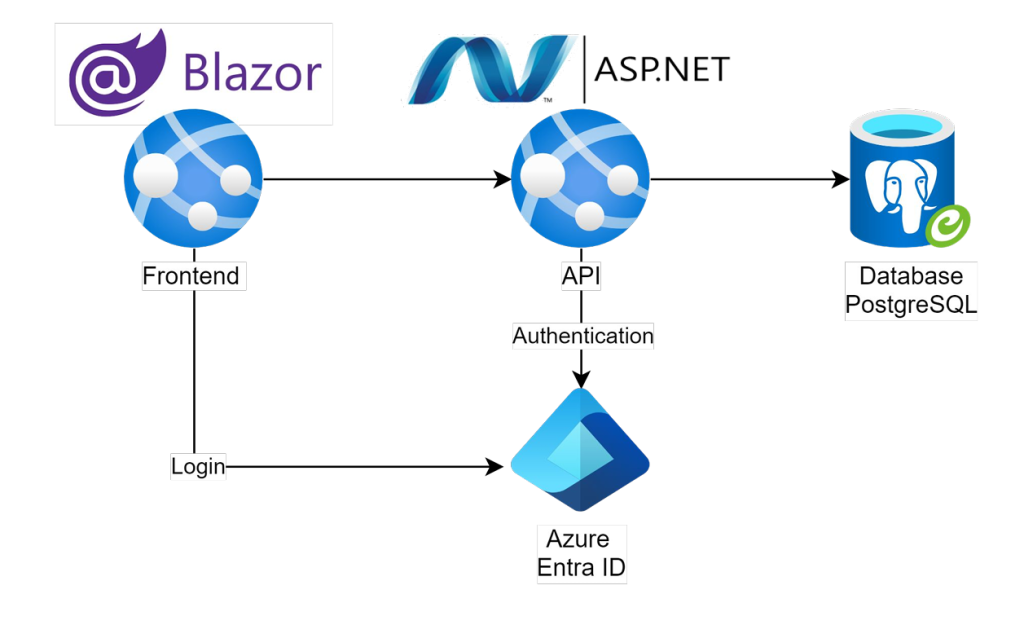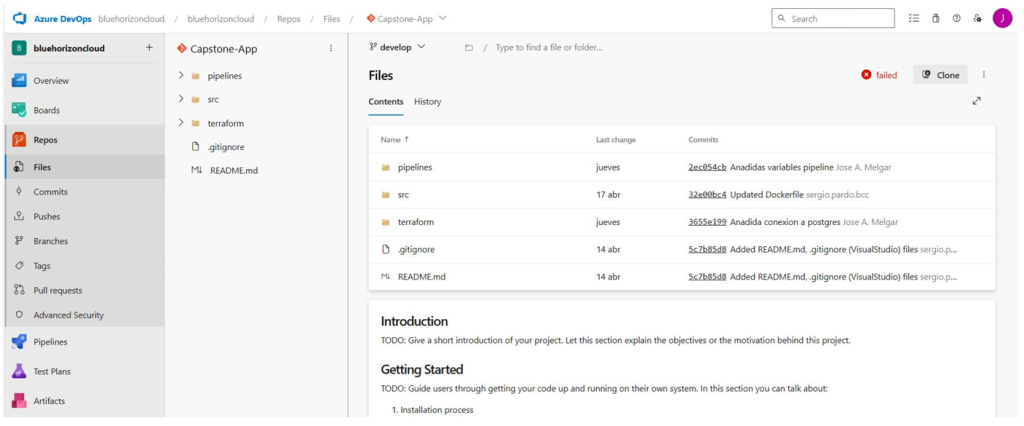Programas con titulaciones oficiales en Panamá, Colombia, Ecuador y México y convenios con UMECIT, IPIA y Fundación Universitaria Los Libertadores.
Intensive programmes
Extracurriary programs focused on bringing the world closer to the youngest of technology: programming, artificial intelligence, electronics, video games, cybersecurity, etc...
Within cloud working, automation is one of the most important key elements, as it facilitates consistent and reliable results.
The standardisation achieved through this automation allows for the optimisation of resources, which can be very limited, and the adoption of best practices that improve operational efficiency.
Carried out by José A. Melgar | Sergio Pardo | Alejandro Lizarán
Qualification Bootcamp on DevOps and Cloud Computing
Technologies Azure DevOps | Terraform | Entity Framework Core | SQL | Enter ID
Los entornos cloud ofrecen un gran potencial, pero muchas veces no se aprovecha por completo. La automation ayuda a reducir errores humanos y garantiza resultados más fiables. Bien utilizados, estos entornos fortalecen la resiliencia empresarial al proteger datos críticos y asegurar su integridad y disponibilidad.
The development of this solution for disasters affecting critical infrastructure has moved away from the usual practice of using native resources offered by cloud providers and has focused on non-native migration tools. The implementation of the solution has been based on:

El proyecto consiguió automatizar la transferencia periódica de backups de Azure a GCP, superando varios desafíos y reduciendo costes al centralizar el almacenamiento en un único bucket.
Los beneficios que aporta el proyecto a una organización son:

Este proyecto demostró una alternativa distinta a las soluciones habituales de los proveedores cloud para implementar un sistema de recuperación ante desastres que garantice la continuidad del negocio y la protección de datos críticos.
Gracias al uso de Terraform, Azure DevOps y Kubernetes, se automatizó la Infraestructura como Código, facilitando la implementación y gestión, mientras que la seguridad de las bases de datos se reforzó mediante la automatización de backups con pipelines, asegurando su protección y recuperación en caso de desastre.